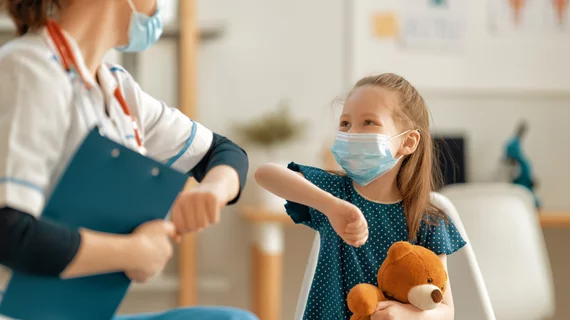New cancer risk analysis prompts experts to call for 'careful justification' of pediatric head CTs
There is a significant dose-response relationship between radiation incurred during head CT scans and brain cancer in children and young adults, according to a new paper published in The Lancet Oncology [1].
The study, which included more than 650,000 patients, revealed that although the risk of developing cancer following a head CT in this population was relatively low—about one cancer per 10,000 children who underwent a single head CT with an average brain dose of 38 mGy—the risk of developing cancer increased when accumulative doses exceeded 100 mGy. What’s more, the vast majority of the brain cancers detected were of glioma type, which are known to rapidly progress.
Michael Hauptmann, with the Institute of Biostatistics and Registry Research at Brandenburg Medical School, and colleagues conducted the large-scale study, the results of which they suggested emphasis the need for “careful justification” for pediatric head CTs.
For the study, experts pooled data from nine European countries. Participants were included if they had undergone at least one head CT before the age of 22, had no history of brain tumors (benign or malignant) and were alive and cancer-free at least five years after their first CT. Outcomes were determined based on cancer diagnoses that occurred after a five-year exclusion period following the participants’ first head CT.
This included a total of 658,752 patients, 165 of whom were diagnosed with cancer, including 121 gliomas, at median follow-up of 5.6 years. The mean cumulative radiation dose (lagged by five years) was 47.4 mGy among the entire cohort, and 76.0 mGy in those diagnosed with brain cancer.
The team observed a significant linear dose-response relationship for all cancers. When follow-ups were delayed beyond five years, the results were reported to be even more significant, and the risks remained elevated for patients who underwent just a single head CT.
The authors suggested that not only do their findings reiterate the need for careful consideration when ordering head CT scans on children and young adults, they also highlight the need to carefully tailor doses specific to this population of patients, keeping them as low as possible.
To learn more, click here.

